
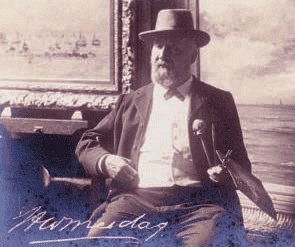
Mesdag at work in his studio

Mesdag’s frame maker’s label
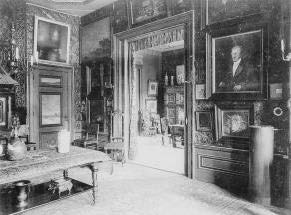
Photograph of the studio and salon in Mesdag’s house,
c.1915, Museum Mesdag Archive
Oil on canvas, 100 x 157.5 cm.
Signed: H W Mesdag and dated 1875
Provenance:
Mesdag family, private collection
Museums:
Many important museums at home and abroad
The North Sea, with its ever-changing cloudscapes, sometimes threatening, then friendly, the colourful sunrises and the breathtaking sunsets – this fascinated Mesdag throughout his entire life. And he decorated that natural beauty with fishing boats and men and women in the sober traditional dress of the 19th century. Mesdag was capable – as was no other – of consigning this to canvas in different ways. In almost all of his paintings the familiar fishing vessel known as the bomschuit figures prominently and yet no two paintings are the same. In this Mesdag shows that he is a master
International recognition
We should note that Mesdag’s work shows differing quality, but some of his paintings achieve the level set by the famous French Impressionists. An example is Mesdag’s Sunset in the Musée d’Orsay. The museum exhibits the painting in the midst of those executed by Mesdag’s French colleagues, thereby showing that it is of the same high quality.
Our painting has a very special place in his extensive oeuvre. The majestic work may be considered one of his most important paintings. Mesdag uses broad brush strokes and thick impasto to sketch a stormy day off the coast of Scheveningen. Dark skies
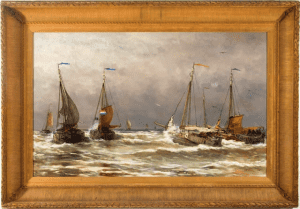
The painting in its original frame
are reflected in a grey-green sea bearing flecks of white foam. This mood picture is enlivened by the busy activity close to the beach. A few fishing boats are being readied to go to sea. The preparations are very unusual. At about six feet from the water’s edge a heavy anchor is placed in the sea with a smaller anchor fixed to the same cable to prevent the large anchor from what is known as ‘crabbing’ – that is, sliding over the bottom – when the boat is being launched. At a short distance from the vessel an even smaller anchor is fixed to the cable. The youngest anchorman, with the anchor over his shoulder, walks into the sea up to his neck and then drops the anchor. Only after this has been done are the fishermen carried one by one by the so-called carriers or swimmers and set down on a ladder placed at the stern of the vessel. Then the carriers themselves climb on board. A complete crew numbered nine men. Then the anchor cable is wound round a primitive wooden windlass and the handspikes are inserted. Simultaneously with each rolling wave the crew strains to pull the cable in and thus draw the ship out to sea until they reach deep water. At some distance from the coast the sail is hoisted and the boat sets off for the fishing grounds.
The dating of the painting is interesting: from 1882 this type of boat was fitted with a stern mast but the boats in our painting do not show this – which means that the date of 1875 is completely correct.
A very remarkable element is the Dutch flag on the middle boat. Boats of this type in Mesdag’s paintings do not carry a flag! This corresponds to the reality, since the fishermen were not keen on frills and flags were, anyway, expensive and wore out quickly. Why then is the vessel in our painting flying the national tricolour? There is an explanation. Before the herring season started in the spring, the boats were repaired and painted, and barrels, provisions and water were placed on board. Once a ship had been thus equipped and was fitted out for the new season, the vessel was decorated with flags in celebration. Just before the boat’s departure all the flags were struck. In our painting this has already been done and only the Dutch flag needs to be hauled down.
Thus Mesdag did not ‘just’ paint a wonderful seascape with a few small fishing boats, but he had a sharp eye for the boats themselves, their equipment and everything connected with them and he painted this in accordance with his observations. Mesdag never sold our painting: it remained in the artist’s family for many years. Which means that it is a work that was unknown until recently and is therefore not included in Jan Poort’s oeuvre catalogue of Mesdag’s works. Now Mr. Poort has authenticated the painting and it is registered with the Mesdag Documentatie Stichting under number 1875.10
Hendrik Willem Mesdag, founder of The Hague School
The artist was born in Groningen in 1831 as the son of a rich grain merchant and manufacturer of starch and he was destined to become a banker. He was a nephew of the world famous artist Sir Laurens Alma Tadema who ensured that the young man was able to learn his craft with the well-known Dutch landscape painter, Willem Roelofs, who lived in Brussels. It was in that period that the young Mesdag became acquainted with the socalled Barbizonners, who painted ‘en plain air’ rather than in the studio. He became fascinated by the new Impressionist painting techniques. After four years in Brussels, Hendrik Willem Mesdag moved to The Hague with his wife and baby son in the spring of 1869. They moved into a residence in the fashionable Anna Paulownastraat and he rented a room in Scheveningen. His reputation had still not been established but after 1870, the year Mesdag was first appreciated in Paris, he gained steadily greater recognition. The fishing village of Scheveningen with its characteristic fishing fleet became his great love and it is the paintings he made there that contributed to his great fame. His well-known Panorama was a tour de force and is still known throughout the world today, being one of the main tourist attractions in The Hague! The famed artist died in 1915 at the age of eighty-four. He may justifiably be called the founder of The Hague School and the most important painter of seascapes in the second half of the 19th century
A magnificent frame
The beautiful frame around our painting is one that Mesdag himself chose and ordered from the then well-known art dealer and frame maker Sala in Leiden. Obviously Mesdag was very happy with Sala’s work since practically all his paintings were placed in such frames despite the high prices charged by Sala. At the time a frame cost anything between 300 and 1500 guilders, fantastic prices when you take into account the fact that a manual worker at the time earned something like 5 guilders per week!
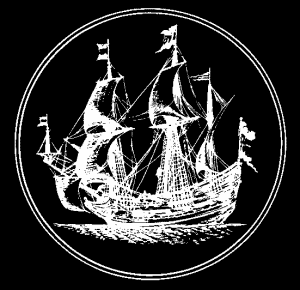
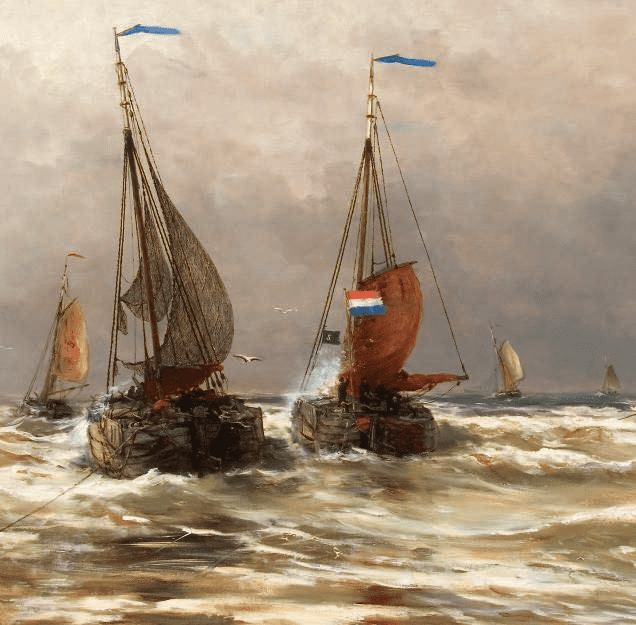
Rob Kattenburg BV, Eeuwigelaan 6, 1861 CM Bergen. Netherlands – Tel.+31 (0)72-5895051 Fax +31 (0)72-5816031
[email protected] – www.robkattenburg.nl – By appointment only
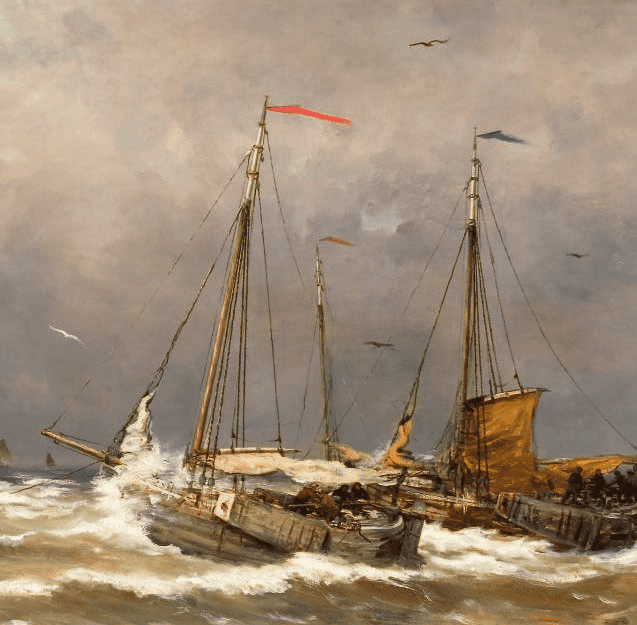
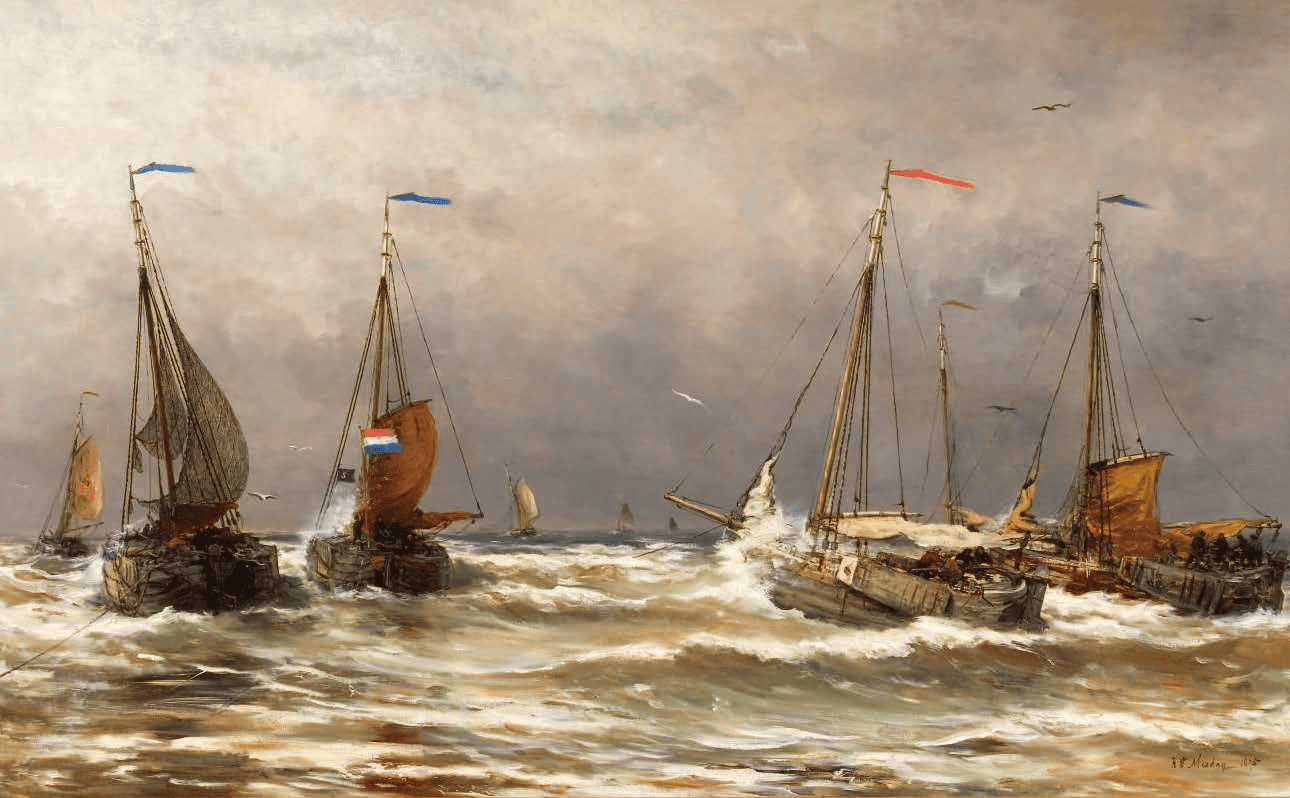
© 2022 Rob Kattenburg
Website Mediya.nl